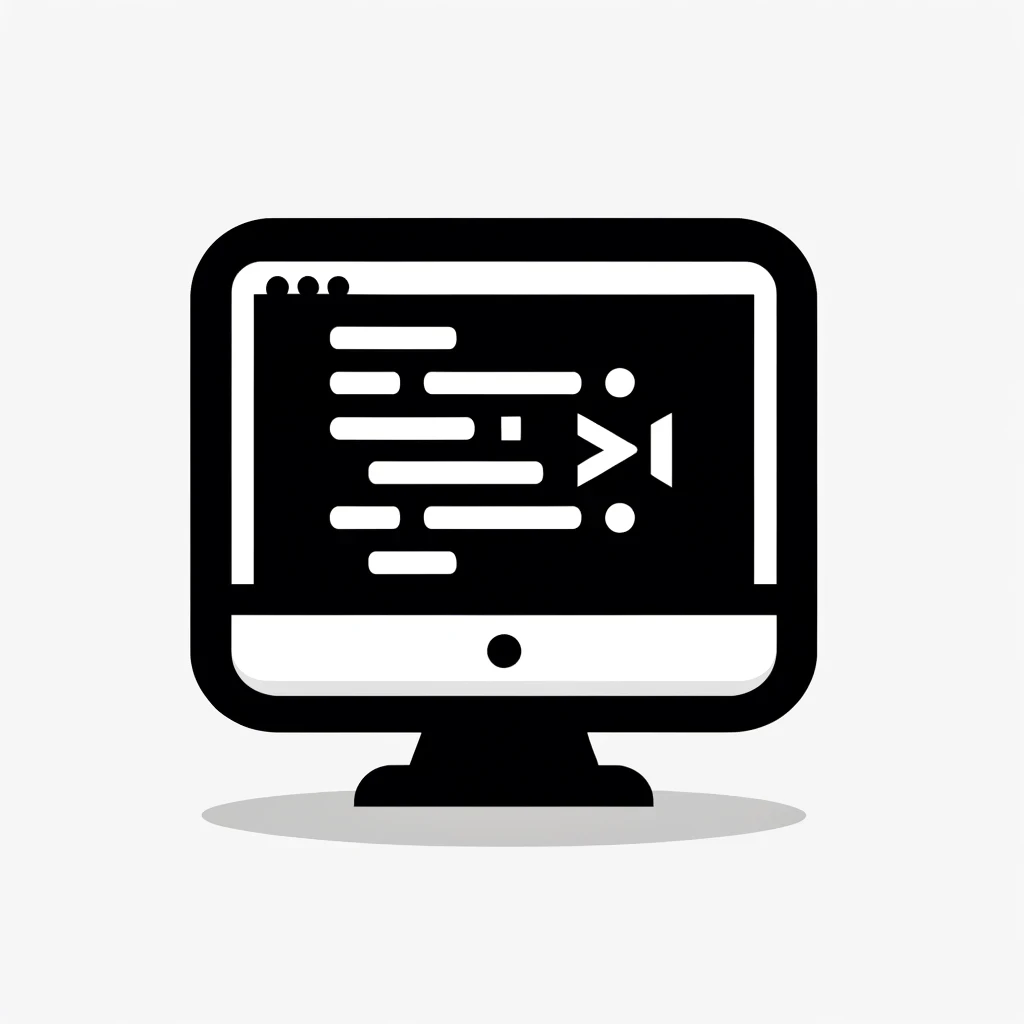25 Apr 2016
Building Solid Email Campaigns
Here at iSOS, we offer an email marketing service called iCampaign, where you can add and edit your own content to send out to your clients. Email campaigns are often a great way to promote products, services and special offers.
iCampaign has some powerful reporting tools which over a period of time, allows you to see the number of people who have opened your mailing, the links they’ve clicked, which country that they’re in to name a few.
We design and develop bespoke email templates used on iCampaign for each client.
Coding your mailing
Writing code that works for all mail clients is almost more of a challenge than writing code that will work for all internet browsers. Each mail client has it’s own caveats, which means you can’t use a certain HTML tag or CSS attribute as it may work in one client but not another.
To get around this, we have to use the good old table element to help us with layout as it’s widely supported in mail clients. We can also nest tables within tables if necessary for the desired layout, which means that we can align content within these cells (as the float attribute is not supported). You can find a list of supported CSS attributes for each mail client here.
All the CSS should be inline as some mail clients only support this, there are tools out there such as premailer which can automate this for you.
Getting your mailing to look exactly like the design and pixel perfect is not an easy task as it’s pretty much impossible for it to look the same in every mail client. Services such as outlook.com add in there own CSS to certain HTML tags. This is something to be mindful of and we would strongly suggest testing out the mailing before sending to your subscription list, as some people may find they have a quirky looking email.
The width of your email is also important as you want it to work across different screen sizes, 600px is the maximum width that your email should be for the best results all around.
Use of Images
Images are powerful and are great to use in emails, 90% of information transmitted to the brain is visual, this means that people will engage more with visuals than paragraphs of text. You do have to remember that this will increase the time your email takes to load, obviously the more images used the longer it will take. If you’re thinking about using images, you should compress them. There is a service called Tiny PNG which will optimise your images for you whilst keeping the quality of the image. You should also only include the image at the size you want it to be displayed, this could save on image file size and in turn the loading of your email.
Don’t forget about adding the ALT tag to your images, this is important if your images are blocked by a mail client or for some reason don’t load. Make sure it’s descriptive of the image otherwise it’s pointless!
Keeping the design of your mailing simple and the code as clean as possible is a good way to go and you’ll likely have less issues to try and resolve when you come to test.
You can find out more about our email marketing services here.
Latest Blog








